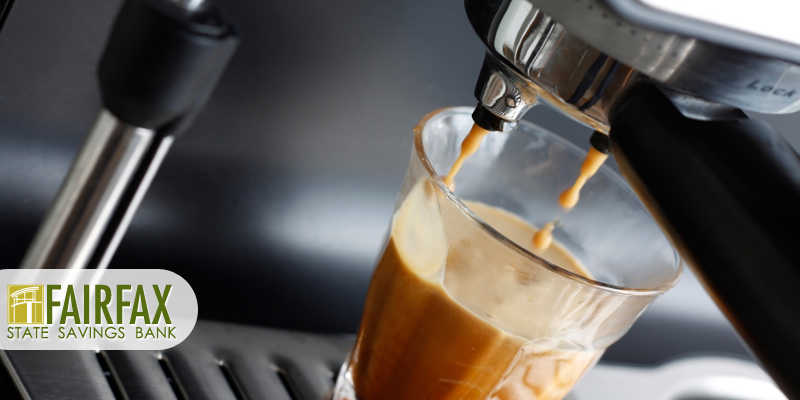Coffee: From Plant to Pour
Posted on | Categories: General

10-Steps for Coffee Consumption
Whether it’s iced, pressed, decaffeinated, or steamed, coffee in the United States is a staple in the daily routine of over 50% of the population. For energy, for social gatherings, or for the sake of routine, consumption of caffeinated brews create an $18 billion industry in the U.S. each year. However, after the average cup of joe in 2015 rang in at $3.28 – higher than mugs in 2013 and 2014 – consumers may wonder what they’re actually investing in. Take a look at the journey your java travels from bean to latte!
- Planting: After a bean is dried, roasted, ground, and brewed, its coffee! When left in its natural state, it’s a seed that grows into a thriving coffee tree. Planted in shaded nurseries away from bright sunlight, coffee seeds are repotted in special soil after sprouting.
- Harvesting: It takes almost four years for a new tree to produce bright red coffee beans, commonly referred to as cherries. These cherries are picked by both hand and machine, eventually arriving at a processing plant.
- Processing: To prevent spoiling, harvested beans must be processed as soon as possible. Companies using a dry method spread the beans in the sun, turning them each day to even the drying. This process may take several weeks to complete. Alternatively, a wet method separates pulp from its skin, allowing the beans to ferment and leaves only the bean’s meat.
- Drying: An additional step in the wet version of processing, drying is a crucial step in the bean’s journey. Spreading them in the sun or passing them through a tumbler, the beans become dry and are ready for the next step.
- Milling: Dried husks are removed from the cherries, followed by sorting beans by size and weight. Additionally, they’re graded on a scale of 1-5, with Grade 1 beans exhibiting the highest quality taste, acidity, and aroma and Grade 5 beans revealing defects in more than 86% of the sample batch.
- Exporting: Now considered green, finished beans are loaded in bulk and sent worldwide.
- Tasting: During this step commonly known as cupping, professional tasters sample the brewed product and rate it on factors like visual appearance, scent of grounds, and variant flavors in each sip of a blend.
- Roasting: Placed into roasting machines approximately 550 °F, beans are heated until they turn brown, releasing caffeol, the natural oil responsible for coffee’s iconic aroma. They are then quickly cooled by air or water, completing the roasting process. This step is performed just before sale to consumers, preserving freshness and flavor of the coffee beans.
- Grinding: The different variations of coffee beverages are the result of overall choices on the coarseness of the grounds and length of time spent brewing. An espresso, for example, uses finely ground beans in a fast prep process, whereas a traditional coffee pot relies on coarser grounds in a longer brew.
- Brewing: Machine, water quality, coffee-to-water ratio, temperature, additives, and brew time all alter the effect of the final cup of coffee. The brew is the final step to achieving the end result of a delicious cup of coffee. With so many variables and potential additives, the list of coffee beverages is seemingly endless!
With such a long journey, that $3.28 doesn’t seem so unreasonable now, does it?
Shelling out a couple bucks for a latte here and there won’t break the bank. Making it a daily routine, however, could. Our financial planners at Fairfax State Savings Bank can help you budget personal expenses so you can have your coffee and drink it, too. Stop by and share a cup with us today!
